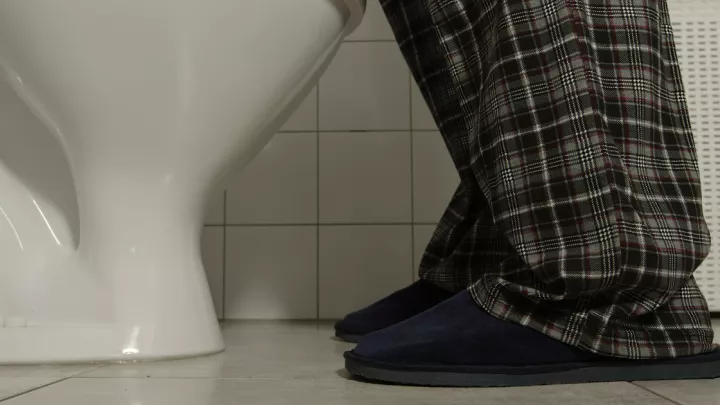You asked, we answered: Why can’t I control when I pee when I have a tampon in?

Question
Why can't I control when I pee when I have a tampon in?
Answered by female pelvic medicine expert Jennifer Cera, DNP, APRN-NP, WHNP-BC
In some women, placing a tampon in the vagina can actually "unmask" urinary incontinence. Urinary leakage can occur due to lack of support of the urethra either by weak pelvic floor muscles or prolapse – a lack of support of pelvic organs, such as the bladder, uterus or rectum. It is common for these issues to occur together. There are different stages of prolapse and mild prolapses often have no symptoms. When even a mild prolapse is present, it can "kink" the urethra, preventing urinary leakage in a woman who would otherwise have issues with urinary incontinence. The tampon supports the prolapse and helps to straighten the urethra, "unkinking" the urethra and revealing an underlying incontinence issue.
A prolapse is not a dangerous medical condition, but it can cause discomfort, including a feeling of vaginal heaviness.
There are multiple causes of pelvic organ prolapse:
- Vaginal delivery (most common)
- Giving birth to babies greater than 9 pounds
- Having a forceps or vacuum-assisted delivery
- Having a long second stage of delivery (active pushing)
- Lifestyle factors such as smoking, frequent heavy lifting and obesity
An option to increase support for the prolapse and to prevent urinary leakage is to use a pessary. A pessary is a device similar to a diaphragm that is inserted into the vagina, supporting the urethra to prevent leakage. An urogynecologist should fit a pessary to assure proper size and relief of your symptoms.
Kegel exercises are an easy way to prevent pelvic floor problems. They also keep prolapses from getting worse. To properly perform Kegels, follow these steps:
- Choose your position. You can perform these in a sitting, lying or standing position.
- Contract your pelvic floor muscles. You should feel a "pulling in and up." Pretend you are trying to squeeze around a tampon.
- Perform 15 contractions three times per day. Always rest double the amount of time that you have worked (contracted your muscles). If you can hold for three seconds, rest for six. If you can hold a contraction for five seconds, rest for 10.
- Make sure you are not using any other muscle group, such as your buttocks, legs or abdomen.
- Breathe during your contractions.
While incontinence following childbirth is common, it is never normal. There are different types of incontinence, and knowing which type(s) is key to successful treatment. In addition to pessaries, pelvic floor biofeedback and stimulation, behavioral interventions, medications, Botox





